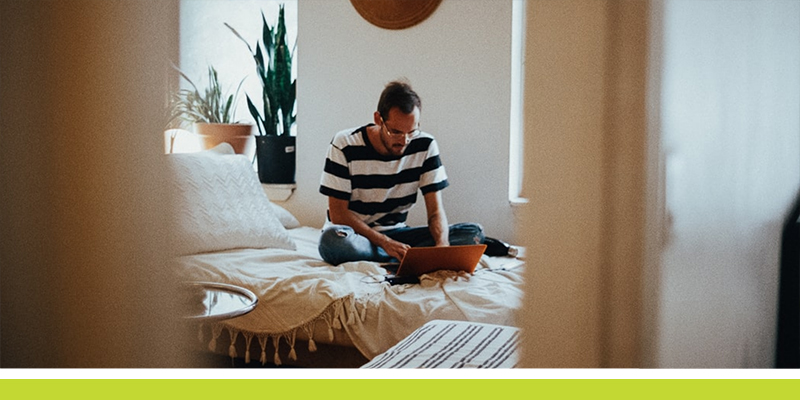
While universities are starting to allow students back on campus for classes, in almost all cases there are still limitations and students must complete at least part of their studies online from their local housing. Limited access to campus facilities, such as student centers, means there will be greater dependence on cell phones by students to stay in touch with professors, advisors, and other faculty, as well as for social contact with family and friends.
Student housing around most universities are typically apartment buildings or other multi-unit or shared facilities. For example, in Tempe, Arizona, there is a six-building apartment complex that is occupied almost exclusively by students from the local university. In one of the buildings – a 162,000-square-foot, four-story structure – there was zero indoor cellular coverage on the first two floors and poor reception on the two top levels. This resulted in a high tenant turnover rate and those students who continued to rent in the building were not shy about voicing their displeasure, including online.
The stucco exterior walls, LEED-certified windows and construction, and apartment complex location were the culprits blocking cellular signals from the carriers’ towers, which in turn, created the spotty coverage and black-out zones inside the multi-unit dwelling.
To address the cellular reception demands of residents, and the budget and aesthetic requirements of the apartment complex owners, the system integrator installed Cel-Fi QUATRA active DAS hybrid. The system delivers a cellular signal that is up to 1000x stronger than other solutions that are based on older analog technology, offering a much larger coverage footprint. It took three days for a five-person team to complete the installation in the building. The owners were so pleased with the results that they had QUATRA installed in the second apartment building in the complex. The other four buildings are scheduled for installation over the next 18 months.
Here is what system integrators are saying about Cel-Fi QUATRA installations in university student housing around the country:
“In student apartment complexes, the owners don’t want any of the equipment inside the individual units since behind closed doors they could be touched by occupants. So we placed all the equipment out in a common area to prevent this. Cel-Fi QUATRA internal coverage antennas will do a 100-foot radius where everyone else on the market does a 50-foot radius. This gives you more of a coverage bubble that goes up and down floors as well as on that individual floor. We were able to use half as many units and stagger and spread them out in the hallways to get great coverage throughout the building and save them money in the design.”
“As it’s an all-digital system, data is transmitting at a much higher rate than analog systems and it’s propagating further into the individual apartments so residents get better reception in their homes and can use their cell phones for text and video.”
“There are antennas outside of the elevators, so when someone’s in the elevator, they can still maintain their call if they’re going between floors. Also, the antennas just blend in with whatever they have in the ceilings, whether it’s Wi-Fi access points, fire alarms, or smoke detectors.”
“The owners particularly appreciated that we were able to provide such improved cellular reception throughout the building at a fraction of the cost of other systems proposed for apartment buildings.”